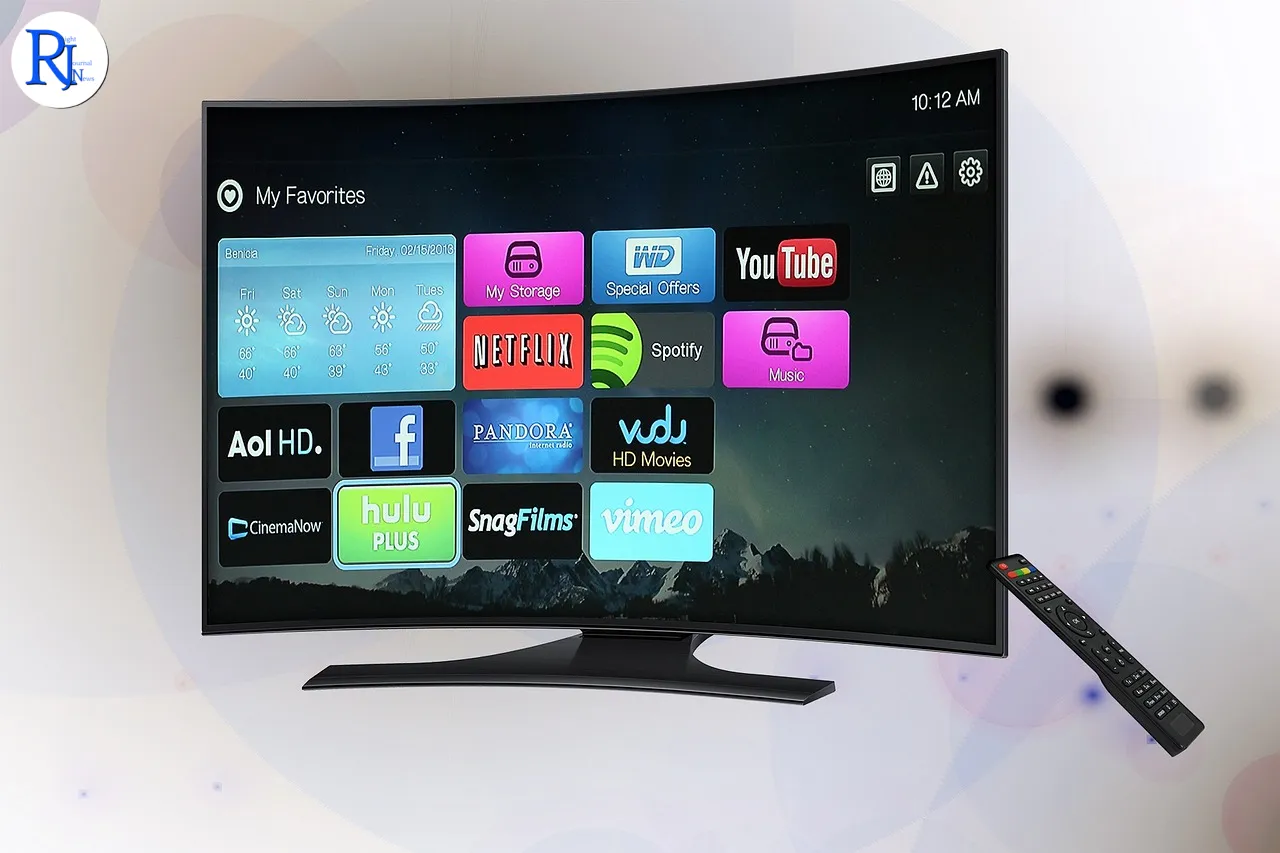Samsung is pushing artificial intelligence deeper into the living room. In a report published by TechRadar on 13 November 2025, the company’s new smart TVs include a Vision AI Companion — a voice-activated assistant powered by Bixby, Microsoft Copilot, and Perplexity. The pitch is bold: an assistant that knows what you’re watching, what you need, and when to speak. The move signals a fresh push to make the biggest screen in the home more helpful and more conversational. It also sets up a new phase in the contest to fuse on-device controls with cloud-based AI, while renewing questions about data, consent, and the line between helpful prompts and intrusive nudges.
TechRadar reported the development online on 13 November 2025. The report centres on Samsung’s latest smart TV range and its new AI layer, which the publication describes as Vision AI Companion.

A new AI companion for the biggest screen
Samsung’s Vision AI Companion aims to change how viewers interact with their TVs. TechRadar reports that Samsung built the feature as a voice-activated assistant. It draws on Bixby, Microsoft Copilot, and Perplexity to deliver context-aware help. The description suggests a system that understands what is on screen and offers relevant support, rather than a generic voice bot that waits for commands. That positions the TV as an active guide, not just a display.
The promise will appeal to viewers who want quick answers without reaching for a phone. It could also help households that rely on voice control across devices. Samsung already integrates Bixby with its TVs and appliances. By adding Copilot and Perplexity into the mix, the company is tying its platform to well-known AI services that handle queries, productivity tasks, and web answers. TechRadar frames the upgrade as a step towards a TV that knows when to help and when to stay quiet.
Power behind the assistant: Bixby, Copilot, and Perplexity
Bixby serves as Samsung’s in-house assistant across phones, TVs, and connected appliances. It handles device commands, content search, and smart home controls on Samsung hardware. Microsoft Copilot adds a layer that can interpret natural language requests, generate summaries, and connect to Microsoft’s ecosystem. Perplexity, an AI-powered answer engine, focuses on sourcing and synthesising information from the web with citations. TechRadar states that the Vision AI Companion uses all three, which suggests complementary roles: device control from Bixby, broader reasoning from Copilot, and fast web-backed responses from Perplexity.
That trio underlines how TV platforms now depend on partnerships across AI stacks. Rather than build every capability from scratch, Samsung appears to tap large AI models and answer engines that evolve rapidly in the cloud. This approach can shorten development cycles and deliver frequent improvements. It also requires clear rules about which service handles which request and how the system routes user data among partners.
What viewers could gain from context-aware TV
If Samsung executes well, viewers may see faster content discovery and smarter help. A companion that understands what you are watching can suggest related films, pull up cast details, or adjust settings without digging through menus. It could help with simple tasks like switching inputs or more involved ones like setting up a video call or a game mode. TechRadar’s description suggests the assistant aims to offer timely prompts rather than constant chatter, which could reduce friction rather than add to it.
The addition of Copilot and Perplexity also points to richer answers on screen. Viewers might ask for a recap of previous episodes, find background on a news item, or check a recipe mentioned in a show. In each case, a TV-optimised response matters: clear text, concise summaries, and prompts that do not block the picture. Success will depend on interface design as much as model quality, and on giving users fine-grained control over how and when the assistant speaks.
Data, consent, and controls will shape trust
As with any AI feature in the home, privacy sits at the centre of adoption. A system that “knows what you’re watching” needs to explain how it learns and where it stores that data. Viewers will look for clear settings that let them limit data sharing, manage voice recordings, and disable features they do not want. TechRadar’s report highlights the new assistant’s capabilities; users will expect Samsung to publish details on data handling, retention, and partner access when the TVs reach the market.
Trust also rests on simple, transparent controls. People should know when the assistant listens, how to mute it, and how to review or delete interactions. Clear labelling and a visible indicator can prevent confusion. Families may also need profiles and parental controls that shape what the assistant can surface. The companies behind the AI stack — Samsung, Microsoft, and Perplexity — will need to align on privacy commitments and on how they handle sensitive content, especially in shared spaces like living rooms.
Rivals race to embed AI in TV platforms
The TV market has moved steadily toward integrated assistants over the past few years. LG bundles ThinQ AI and supports other assistants on webOS. Google TV and Android TV bring Google Assistant to televisions from multiple brands. Amazon Fire TV uses Alexa for search, smart home control, and app navigation. Apple’s tvOS ties in with Siri across devices. Samsung’s Vision AI Companion, as described by TechRadar, raises the stakes by weaving multiple AI partners into a single experience on new Samsung sets.
These platforms compete on speed, accuracy, and usefulness. They also compete on design choices that reduce screen clutter and limit interruptions. Context-aware help will likely become a key differentiator. The platform that offers precise, timely suggestions without feeling intrusive will earn an edge. Samsung’s decision to name and highlight Vision AI Companion signals that the company wants to lead in this shift.
What this means for buyers and the market
For buyers, the headline question is simple: does the assistant make the TV easier to use? If viewers can find shows faster, resolve problems without menus, and get answers at a glance, the feature will add real value. If the assistant distracts or pushes unwanted prompts, buyers will turn it off. A balanced approach — with clear opt-in choices and intuitive controls — will matter as much as raw AI power.
For the market, Samsung’s move could push more partnerships between TV makers and AI platforms. TV brands will weigh whether to build more in-house or integrate external AI services that ship updates at cloud speed. Developers will also look at how TV assistants expose APIs for apps, games, and services. A robust developer story could unlock new use cases that go beyond search and settings to learning, fitness, and shopping — always with careful guardrails.
What to watch next: rollout details and user control
TechRadar’s report focuses on what the Vision AI Companion is and which AI services power it. Buyers will watch for details on availability, supported models, languages, and regions. They will also want to know how the assistant integrates with existing remotes, microphones, and smart home devices. As TV makers roll out new features, firmware updates often refine performance over time. A clear update roadmap can build confidence and keep early users engaged.
The next milestone for the TV industry often arrives at major trade shows, where manufacturers outline their lineups and software plans. If Samsung uses upcoming showcases to expand on Vision AI Companion, expect more clarity on data policies, developer tools, and how Bix

